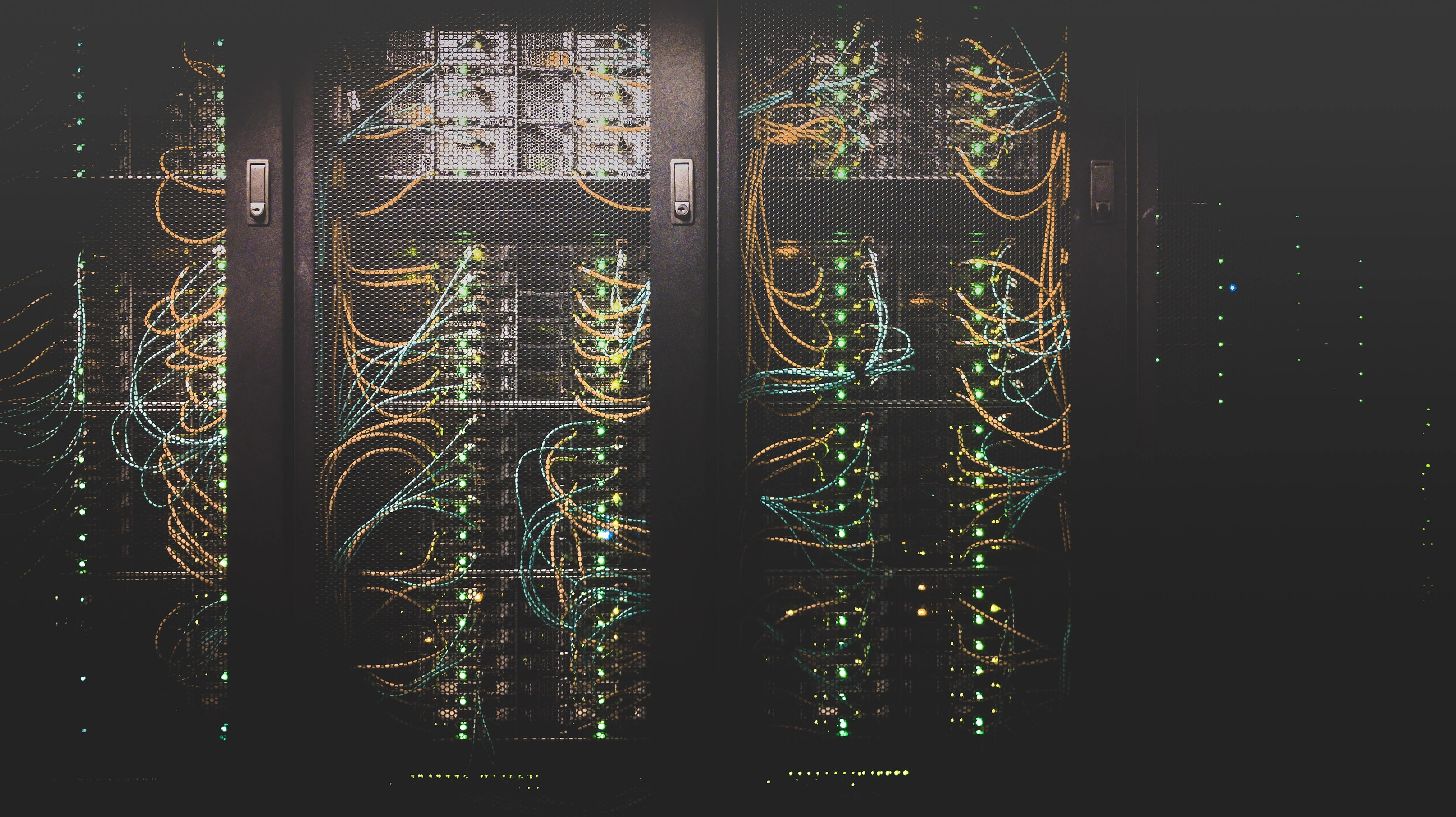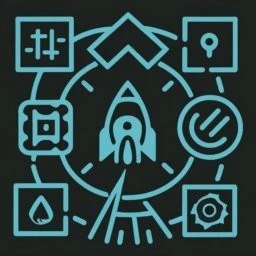
This website uses cookies
We use Cookies to ensure better performance, recognize your repeat visits and preferences, as well as to measure the effectiveness of campaigns and analyze traffic. For these reasons, we may share your site usage data with our analytics partners. Please, view our Cookie Policy to learn more about Cookies. By clicking «Allow all cookies», you consent to the use of ALL Cookies unless you disable them at any time.
Blockchain, originally designed as the architecture for Bitcoin, is proving to be much more than just a platform for cryptocurrencies. It’s a decentralized, secure, and transparent way to store and transfer information. In education, blockchain technology promises to revolutionize the way we see, manage, and verify educational credentials, experiences, and achievements, and is poised to address several challenges and limitations present in the current educational environment.
How Blockchain Can Transform Education
Blockchain’s core attributes – decentralization, immutability, transparency, and security – make it an ideal solution for various applications within the educational sector. It can streamline administrative processes, reduce fraud, enhance teacher and student interaction, and promote accountability and transparency in educational institutions.
Credential Verification
Secure Credential Storage: Blockchain can offer secure and immutable storage of educational credentials, reducing the risk of credential fraud.
Quick and Easy Verification: Employers and educational institutions can quickly verify academic credentials without needing to contact the issuing institution directly.
Record Management:Streamlined Administration: The use of blockchain for record management can streamline administrative tasks, reducing time and resources spent on managing student records.
Transparent and Accessible: Students can have transparent access to their educational records and easily share them with prospective employers or educational institutions.
Tokenization of Assets:Incentive for Learning: Blockchain can facilitate the tokenization of educational assets, serving as an incentive for learning and participation.
Micro-Credentials: Students can earn tokens or micro-credentials for their achievements, skills, or participation in extra-curricular activities.
Enhanced Security:Data Protection: Blockchain's decentralized and cryptographic nature ensures enhanced security and protection of data against unauthorized access and fraud.
Identity Management: Blockchain can provide secure and efficient identity management solutions, reducing the risk of identity theft and ensuring student privacy.
Existing Applications and Use Cases
There are already several innovative projects and platforms leveraging blockchain technology in the educational sector.
Sony Global Education
Sony has developed a blockchain-based platform for managing educational information, allowing educators to exchange information regarding student learning and progress securely.
Learning Machine
This platform provides blockchain-based credentialing solutions, enabling the issuance, display, and verification of credentials in a secure and immutable manner.
Woolf University
Touted as the first blockchain university, Woolf University uses blockchain to manage administrative processes, from attendance to academic progress, reducing bureaucratic overhead.
BitDegree
BitDegree utilizes blockchain to offer students token-based scholarships and incentivize learning and skill development, allowing students to earn as they learn.
Conclusion
Blockchain technology holds significant potential to reshape the educational landscape by offering solutions to longstanding challenges such as credential verification, record management, and security. With the integration of blockchain, education systems worldwide can become more efficient, transparent, secure, and equitable, facilitating enhanced learning experiences and creating more opportunities for students and educators alike. The ongoing projects and initiatives in this domain underscore the transformative power of blockchain in revolutionizing education systems for a better, more informed future.




